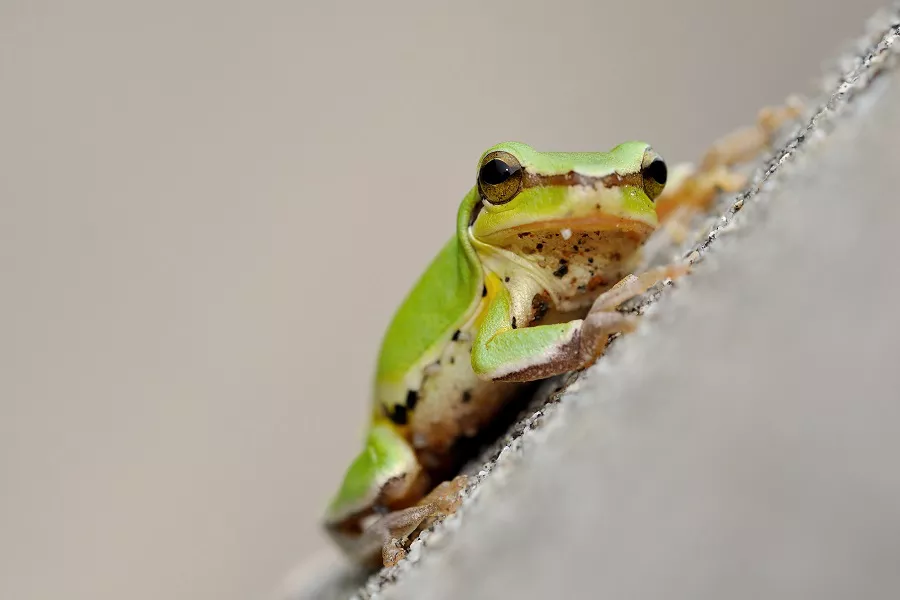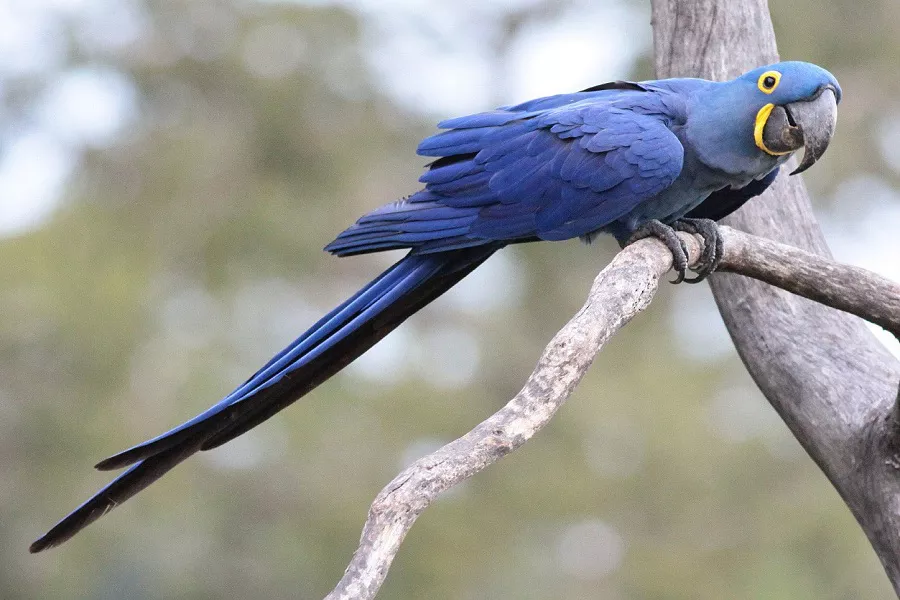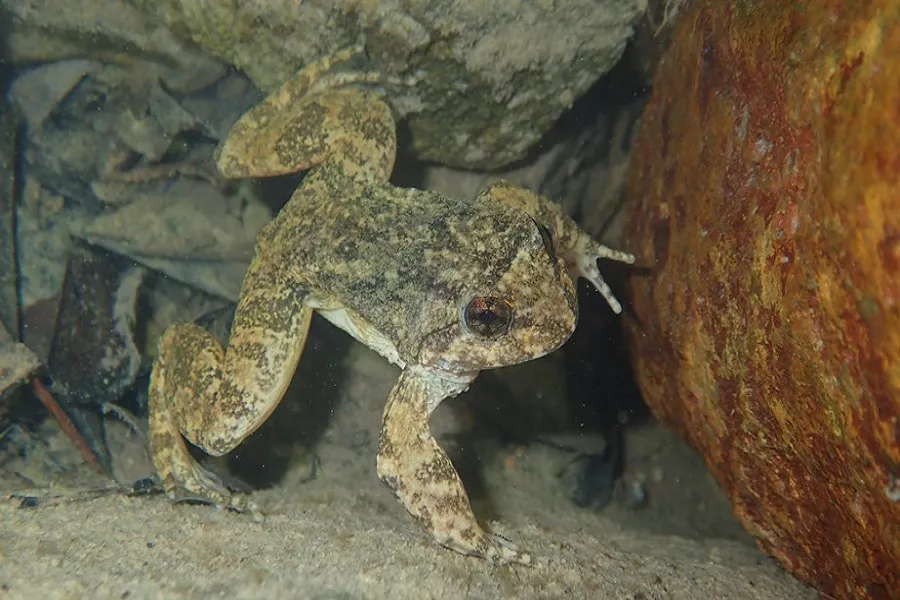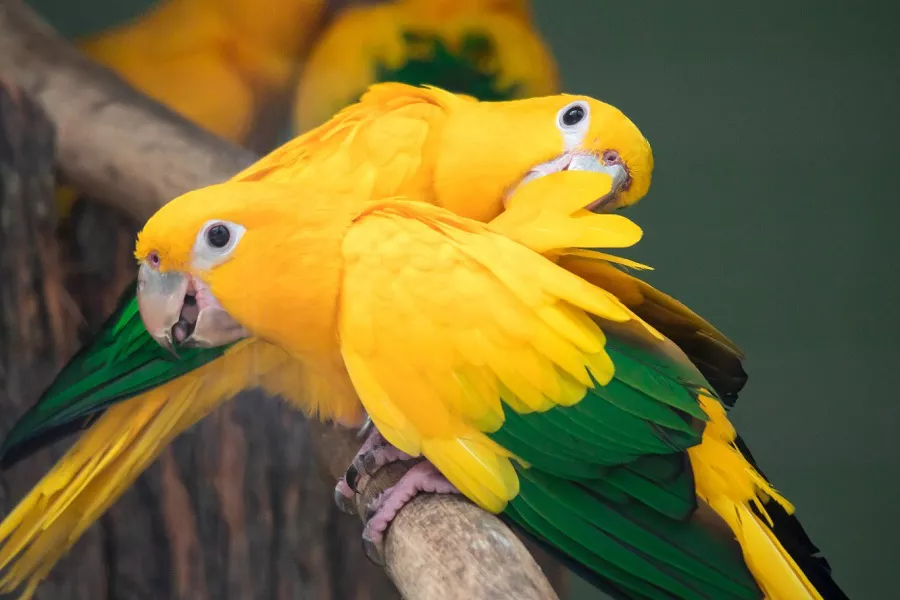What is hyla chinensis?
Hyla chinensis, a subphylum of vertebrates, amphibians, Anura, a genus of the family Hyla, with about 250 species.
The shoulder girdle of the tree frog is arc-thoracic, and the vertebral body is anteriorly concave. Suitable for arboreal habitation, the ends of fingers and toes are mostly enlarged into suckers, and there is an intercalary cartilage between the last two condyles. It is a species of convergent evolution.
Tree frogs lie in crevices or caves near tree roots during the day, and perch on shrubs at night, feeding on ants and scarabs.
What does hyla chinensis look like?
hyla chinensis Vertebrates, Amphibians, Hylaidae. Small frogs. Females are about 4 cm long and males are about 3 cm long. The skin on the back is smooth and green, the ventral surface is pale yellow, and there are dark spots on the side of the body and the front and rear of the thigh. The ends of the fingers and toes have obvious suction cups, and there are webs between the toes. Male frogs have a single external vocal sac under the pharynx, which expands into a spherical shape when singing. The base of the 1st finger has a light brown pad. During the day, it crouches in crevices or caves near tree roots, and it perches on shrubs at night. Feeds on insects, preying on ants, stink bugs, weevil, scarabs, etc. Also known as “Chinese Tree Frog”.
hyla chinensis living habits
Hyla chinensis feeds on insects, preying on ants, stink bugs, weevil, scarabs, etc. During the day, it crouches in crevices or caves near tree roots, and it perches on shrubs at night. Many members of the tree frog family have a very good protective color, which is integrated with the environment, and some are brightly colored. The most peculiar is the red-eyed frog in the Americas, which only shows green when standing still, which is not easy to find. When moving, it shows the side of the body. Bright colors to confuse enemies.
hyla chinensis rearing
Most of the tree frog tadpoles scrape and eat algae with rows of horny teeth in their mouths, but if there are just earthworms, beetles and other small animal carcasses in the water, they will also eat in groups. Some species of tadpoles do not have horny teeth, such as the hyla and the hymenus, and feed on plankton in the filtered water. In addition, the tree frog tadpoles are ovophagous, and the female frog will return regularly to lay eggs and feed the tadpoles. In the case of insufficient food, the phenomenon of cannibalism of large tadpoles eating small tadpoles will also occur. If artificial feeding, then give them bread crumbs. If it is natural in the pond, it is generally the plankton in the water. Mosquito larvae, plankton, fish and insects, etc. Chinese tree frogs are smaller. The back skin is smooth and green (such as the Huaxi tree frog); it mostly lives on shrubs, reeds, high-stalk crops, or weeds near ponds, rice fields and their vicinity. Creeping on leaves during the day, frequent activity at dusk or dawn. Feed on bugs, scarabs, leaf beetles, weevil, ants, etc. Often a tree frog calls a few times first, and then all the frogs croak loudly, especially after it rains. Stings appear in late March or early April. Spawns in still waters from April to June. Egg diameter is 1 to 1.5 mm. Dozens or hundreds of eggs form a group and adhere to the aquatic plants. The caudal fin of the tadpole is tall and thin, and the upper caudal fin generally starts from the middle of the back; some have completed metamorphosis in late May; hibernation begins from September to October.


























